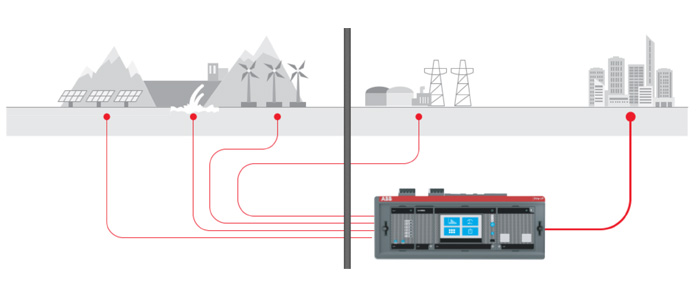- +61 7 3374 2877
- Email Us
With the constant change in our grid, and the shift away from centralised power generation into Distributed Energy resources such as wind, solar & battery energy storage, the requirement withing power system, & distribution of electrical circuit has equally shifted to accommodate the ever-changing requirement for the new grid.
In the past, with a centralised generation, sophisticated protection in terms of voltage, frequency, real pow-er, reactive power & apparent power have been monitored and protected within the centralised power stations or at the point of connection only, without the need to monitor or protect such electrical values. Substations within the transmission network equally played a key role in identifying such issues.
With the establishment of distributed energy resources, and commissioning of solar generation, development of community batteries & additional wind farm connection to the grid, monitoring & protection of electrical circuit plays a more important role, not only to engineer a successful integration to the grid, but also to guar-antee continuity of connection, regardless of fluctuations that may occur due to imbalances from the network.
The network today, composes more generation than it possessed before, where it develops more risk in terms of voltage regulation, frequency regulation, power factor monitoring, reactive power & apparent power. It will continue to evolve, with many additional distributed energy source of generation, with more dynamic load profiles.

As an engineer, not all sites are greenfield. There are many existing facilities which are trying to install additional loads, implement solar for example, but they don’t have sufficient investment to upgrade their electrification component. Another occasion is with evolvement of Electric vehicle charging infrastructure and the need for clients to add charger to their electrical system, without conducting major modification to the switchboards or power distribution system. This creates the need for a retrofittable solution that can provide monitoring & perhaps, in a later stage, if necessary, provide protection required for electrical circuit. It is hard to know, whether certain advanced protection functionalities may be required within a circuit, without actually monitoring that part of a plant, or understanding the characteristics of the electrical system. Furthermore, any client would have difficulties justifying spending, when they don’t have sufficient proof that certain protection functionalities must be implemented to their facility or upgrade their electrification component as a whole.
This is where a solution which can provide for “Motioning” & “Protection” will become necessary, if it can accommodate both, network analysing functionality, simultaneously with data logging comprehension. You might think that harmonic analysing can equally be important if we are trying to help an end client, accommodating and enhancing their electrical power system, or their newly installed circuit, such as Electric vehicle charger or solar power generation.
At ABB, a digital relay has been developed with the above mentioned design criteria in mind. The scenario was assist shifting the power system, where newly introduced risk, arising from decentralised generation & distributed energy such as battery energy storage, solar generation & wind can be managed comfortably. The two-step concept was simple, monitoring for Over voltage, undervoltage, over frequency, underfrequency, voltage unbalance, reverse active power, over power, under power, rate of change of frequency, under current, over current, As first step, then, if necessary, protecting the power system, and electrical circuit, with a protection philosophy scheme, as second step.
Protection is conducted via opening & closing the switch or circuit breaker on the supply side of the electrical circuit and also recloses automatically when grid conditions are restored to
required conditions. Alerts or alarms can equally be set, instead of command actions to open the circuit, if critical loads exist downstream to the device.